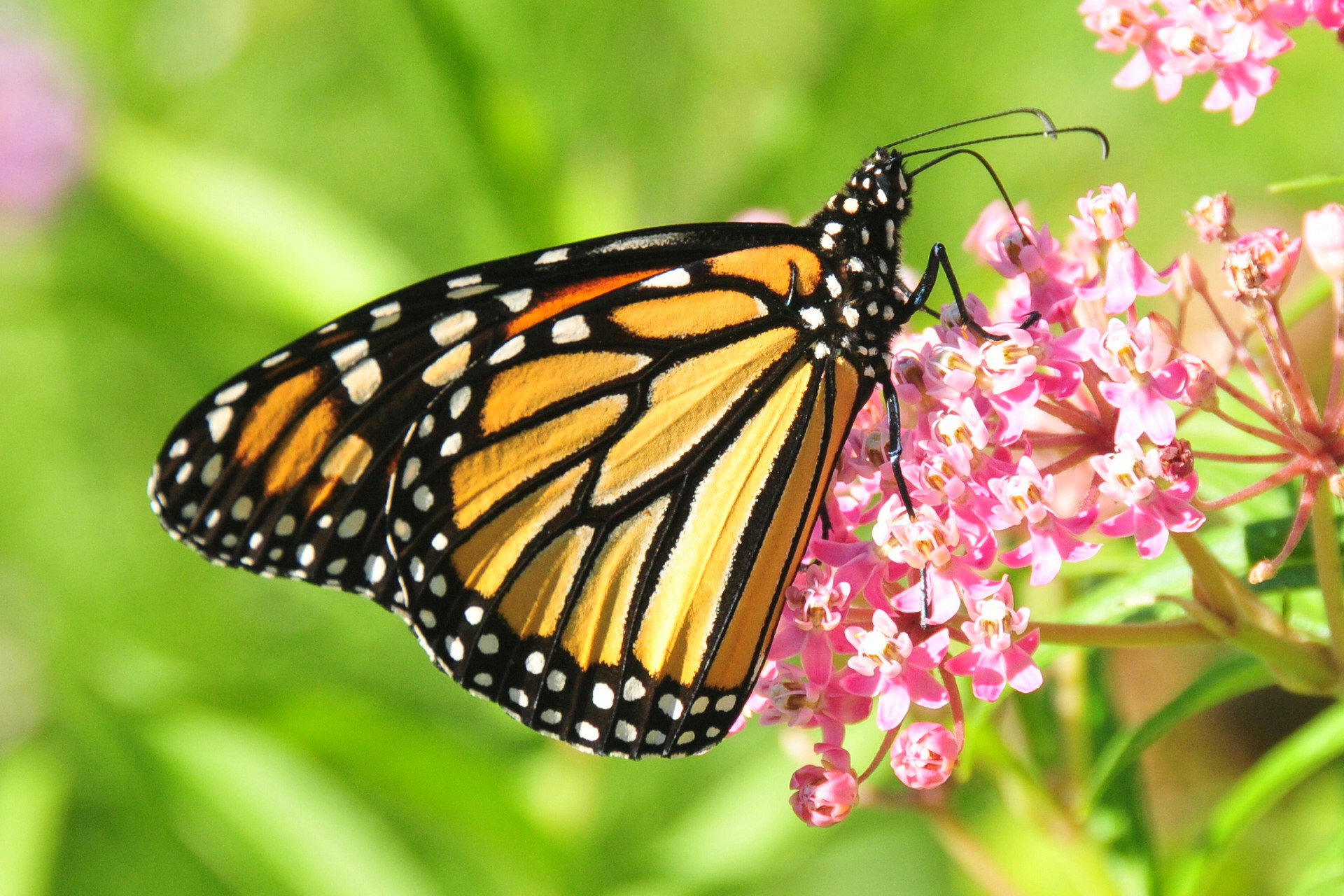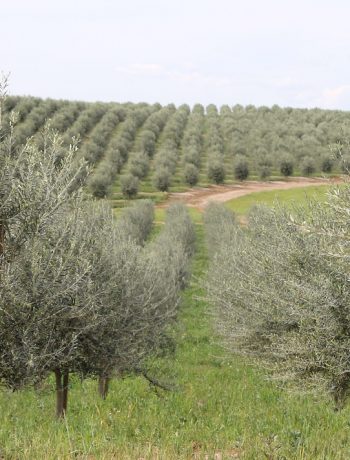
Likely the most recognized butterfly is the Monarch, its wings colored a festive Halloween orange and black. Their migration patterns had been elusive for decades, until Fred Urquhart began the recruitment of the ‘citizen scientist’ in the 1960’s conscripting tens of thousands of volunteers from school aged children to the elderly, in a project of labeling the wings wild monarch butterflies all across the country.
Small paper tags, the size of postage stamps, were sent from Dr. Urquhart’s labs to any group or individual citizen scientist volunteer. These citizen scientists would catch and release wild monarchs in their community, but not before pasting a small label on their wings. The butterflies were known to follow a journey of thousands of miles across the United States on their migration path, but beyond the borders of Texas, no one knew, where the butterflies eventually converged for the winter, it was as if they had vanished into thin air. It was eventually uncovered by a young couple hiking in the high plateaus of Mexico, the precise gathering location of millions of monarchs, the butterflies blanketed an 45 acre region of these forests, covering trees in the high mountain regions with such density, the butterflies hang atop one another in thick waving masses. In a little more than 2 decades this sanctuary has been reduced to less than 2 acres. This drastic reduction in the number of wintering butterflies is a reflection of the death of tens of millions of these insects since their wintering retreat was discovered in 1975.
It took decades and the efforts of thousands of noble citizen scientists to discover this mystical place, where butterflies gather in such high density, that the trunks and branches of trees are black with wings of the insects, in this brief period of time, their population has dwindled to barely surviving. Like the bee colony, it is the story of another famous’ insects’ demise.
For the monarchs, it is the after effects of the widespread use of herbicides on farmland, the tens of thousands of gallons of this weed killer used with regularity, has significantly reduced the wild milkweed which is the sole source of food for the migrating butterflies. Through Iowa especially, a stop on their migratory path, milkweed had been the source to nourish them on their journey. Butterflies are so seldom seen any longer in our backyards, a scarce and delicate insect that may not survive for our children’s generation. The journey of the monarch may again vanish into thin air, but a permanence without the hope of discovery.
Disappearing Monarchs






No Comments